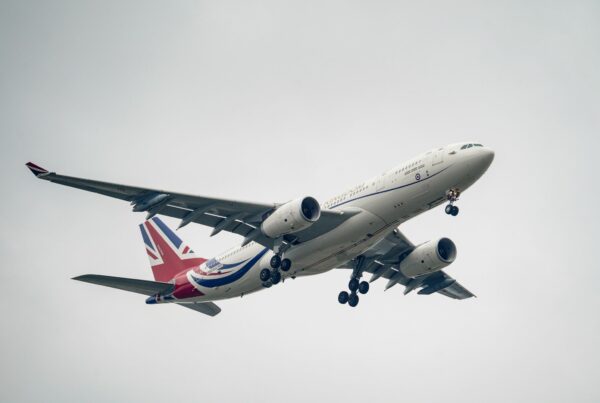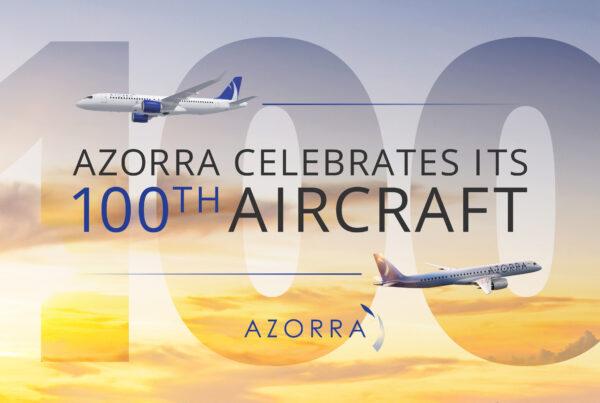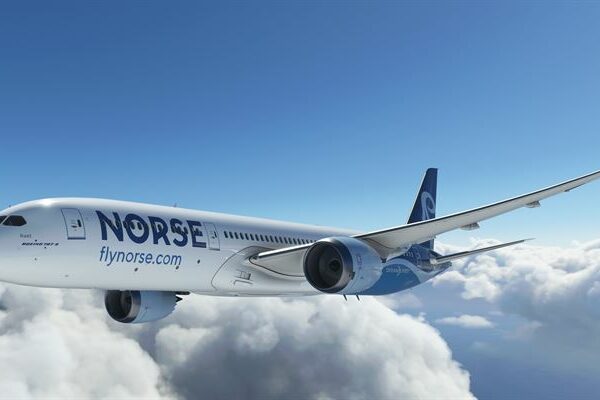The engine lease market is nearing a point where it will not be able to support a forecast 25-35% increase in shop visit rates for CFM56-7B and -5B engines and continuing strong demand for V2500s over the period 2019-2024, according to aviation consultancy IBA.
With the currently very limited availability of spares, it says, unless more spare engines are generated by retirements and aircraft teardowns or airline-held spare stock absorbs some of the demand, it expects engine inductions and longer turnaround time will “create a log jam further intensified by the impact of compound shop visits i.e. first run, second run and third run overlapping.”
The problem is exacerbated for Maintenance, Repair and Overhaul (MRO) providers and operators because there are so many of this engine type flying, stated IBA. “Strong performance on wing has delayed shop visits in past years but now demand is out-stripping supply. Quality engine shops worldwide are edging towards full capacity, allowing little room for flexibility to cope with the unexpected, like new Airworthiness Directives,” it said.
IBA’s view on future scheduled shop visit induction has an aircraft/engine retirement forecast built in and considers intervals as predicated by the OEM including environmental impact. It also assumes a specific period of downtime for maintenance, which varies according to engine type. The forecast has an allowance for green-time leasing of engines to defer shop visits, which is more notable as the years go by and more availability is expected. IBA is of the opinion “that the forecast data predicts an increased requirement for spare engines and to ensure a stable demand.”
The consultancy also looked at the current engine fleet size and the number of spare engines required in circulation to support the fleet. It assumes regional intervals predicated by the OEM and the minimum requirements of spare engines across operating airlines. As expected, due to the number of CFM56-5B/-7B and V2500 engines in these regions, Asia-Pacific, Europe and North America have greatest requirement for spare engines.
“Limited availability of spare parts could mean longer downtime during maintenance compounded by a longer wait and higher pricing for those parts, plus possible increases in lease rates too,” it added. The problem will ease from 2024 onwards, it went on, when the number of A320ceo and B737NG aircraft retiring each year will release engines onto the market for part-out or redeployment.









